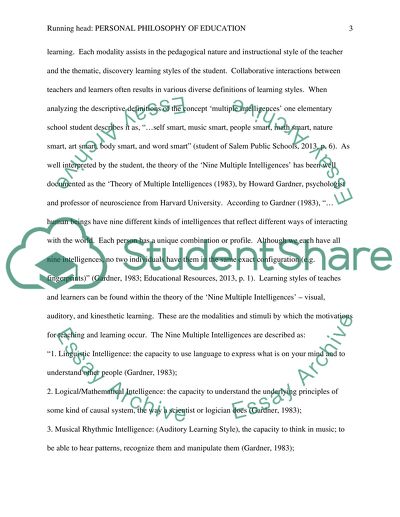Cite this document
(“The Concept of Multiple Intelligences and Diverse Learning Styles Essay”, n.d.)
The Concept of Multiple Intelligences and Diverse Learning Styles Essay. Retrieved from https://studentshare.org/education/1466564-week
The Concept of Multiple Intelligences and Diverse Learning Styles Essay. Retrieved from https://studentshare.org/education/1466564-week
(The Concept of Multiple Intelligences and Diverse Learning Styles Essay)
The Concept of Multiple Intelligences and Diverse Learning Styles Essay. https://studentshare.org/education/1466564-week.
The Concept of Multiple Intelligences and Diverse Learning Styles Essay. https://studentshare.org/education/1466564-week.
“The Concept of Multiple Intelligences and Diverse Learning Styles Essay”, n.d. https://studentshare.org/education/1466564-week.


